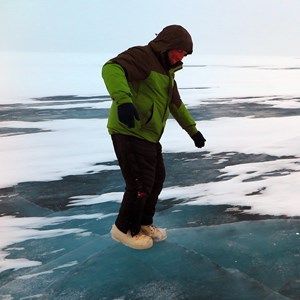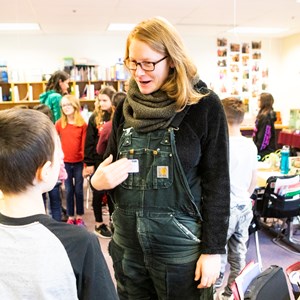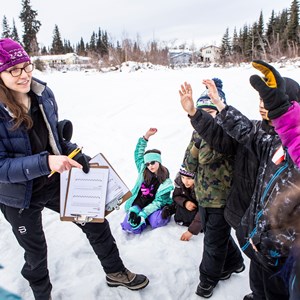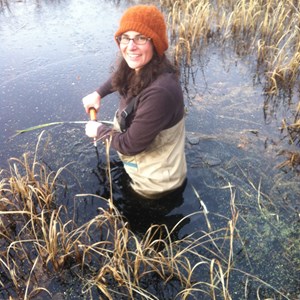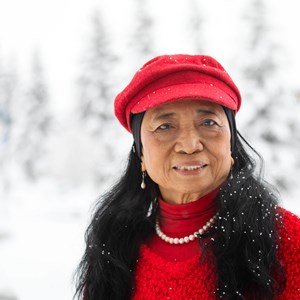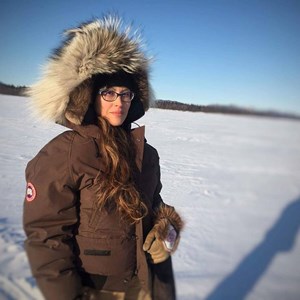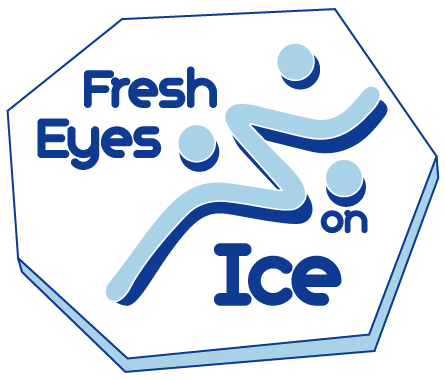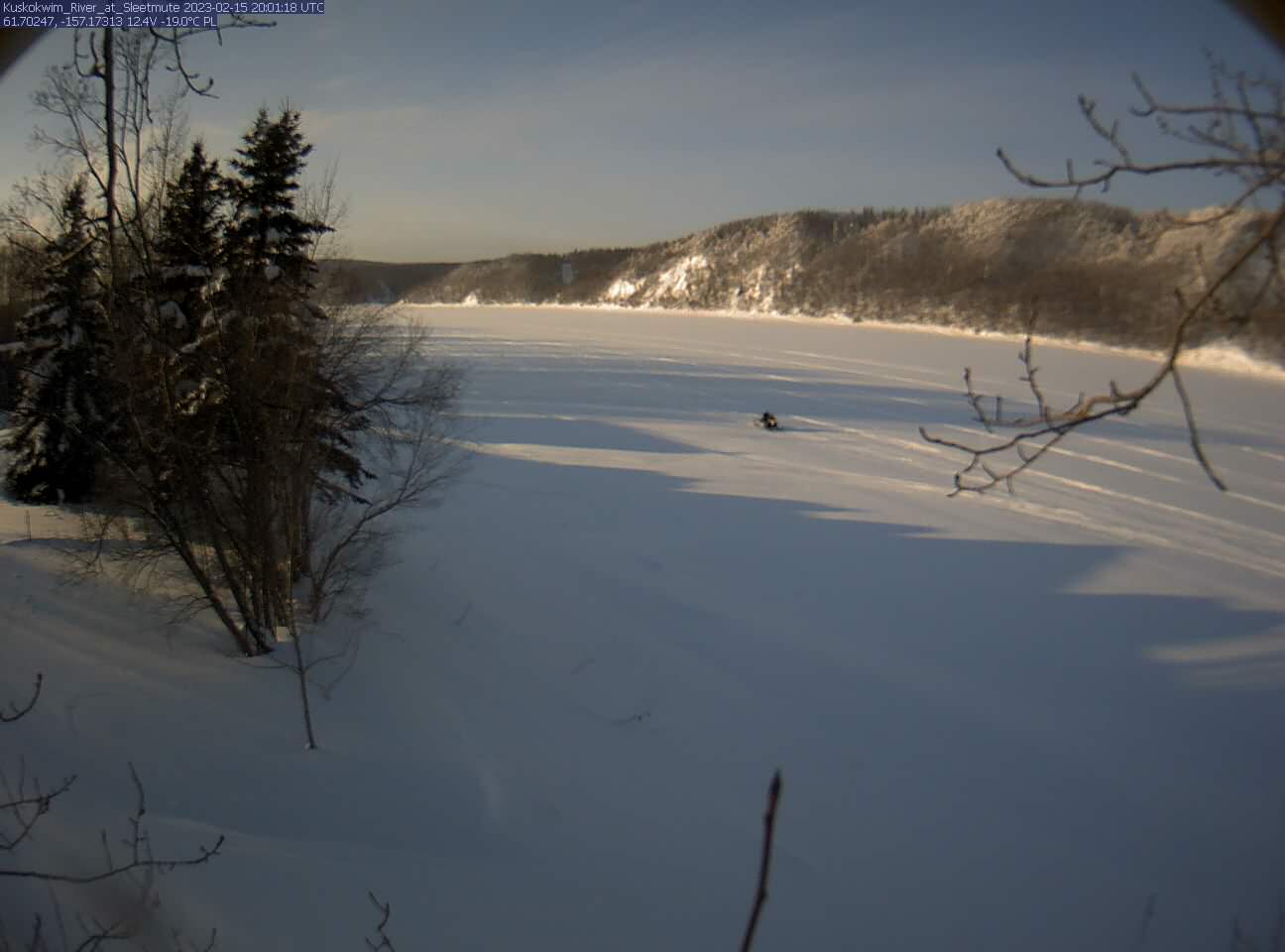Fresh Eyes on Ice
The freshwater ice on which Arctic ecosystems and communities depend is changing–with major implications for residents’ safety. The Fresh Eyes on Ice project asks you to make observations of river ice in Canada, Alaska, and other parts of North America to enable community safety and climate science. Your observations provide information for fishers, hunters, and travellers. They yield vital data for flood forecasting, for comparing with past and future observations, and for verifying (or “ground-truthing”) satellite measurements.
Safety First: Learn how to safely check the thickness of ice over freshwater by watching this video.
AGES
18 and up
DIVISION
Earth Science
WHERE
Northern North America
LAUNCHED
2020
What you'll do
- Take pictures of ice on rivers and lakes.
- Submit your observations to the science team and the National Weather Service using a website or cell phone app.
- View the latest ice data taken by other volunteers.
- In Alaska, Community-Based Monitoring Teams team with local scientists to collect ice data and promote ice safety.
Requirements
- Time to get started: Minutes
- Equipment: Smartphone with a camera
- Knowledge: None. Video tutorials are available.
Get started!
- Go to the project website.
- Download the GLOBE Observer mobile phone app.
- Head to any river or lake to make observations! Freeze-up and break-up are critical observation periods, but mid-winter thaw events or open holes in the ice are also important to capture. Repeat photos of the same place are particularly valuable.
- Share your observations of ice and snow conditions using either the GLOBE Observer mobile phone app or the Fresh Eyes On Ice portal webpage.
Learn More
Join the project’s Facebook group or follow is on Twitter at @FreshEyesonIce to get updates about ice conditions and see the latest shared images and videos.
Educators: Download lesson Fresh Eyes on Ice lesson plans.
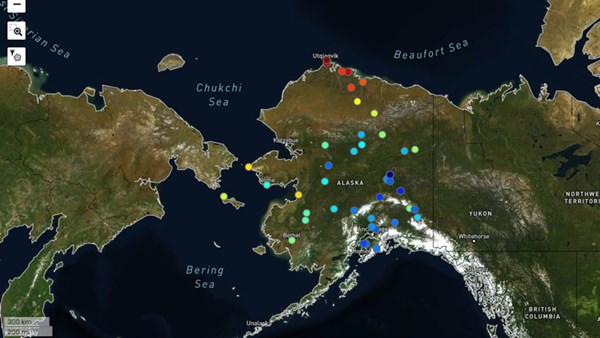
Get to know the people of Fresh Eyes on Ice!
